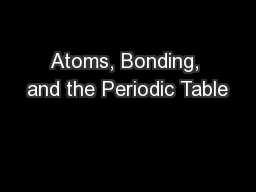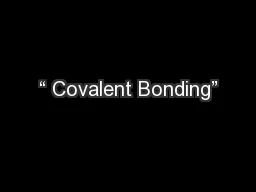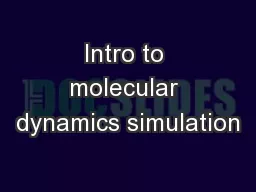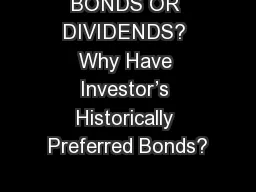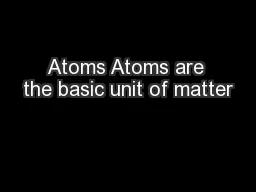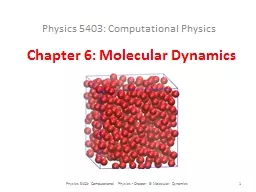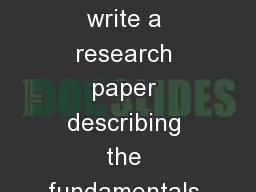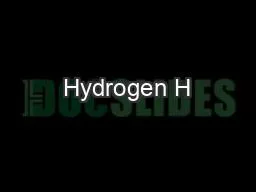PPT-Molecular Dynamics Collection of [charged] atoms, with bonds
Author : phoebe-click | Published Date : 2018-03-21
Newtonian mechanics Relatively small of atoms 100K 10M At each timestep Calculate forces on each atom Bonds Nonbonded electrostatic and van der Waal s Shortdistance
Presentation Embed Code
Download Presentation
Download Presentation The PPT/PDF document "Molecular Dynamics Collection of [charg..." is the property of its rightful owner. Permission is granted to download and print the materials on this website for personal, non-commercial use only, and to display it on your personal computer provided you do not modify the materials and that you retain all copyright notices contained in the materials. By downloading content from our website, you accept the terms of this agreement.
Molecular Dynamics Collection of [charged] atoms, with bonds: Transcript
Download Rules Of Document
"Molecular Dynamics Collection of [charged] atoms, with bonds"The content belongs to its owner. You may download and print it for personal use, without modification, and keep all copyright notices. By downloading, you agree to these terms.
Related Documents

![PPT-Molecular Dynamics Collection of [charged] atoms, with bonds](https://thumbs.docslides.com/659123/molecular-dynamics-collection-of-charged-atoms-with-bonds.jpg)
